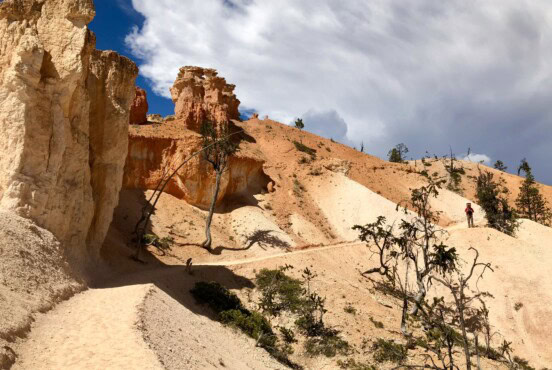
It’s National Park Week — Let’s Party
Socks, soap, sweatshirts, and more...all benefiting our National Parks!
There are plenty of reasons why national parks are in such huge popularity. They provide a vast array of recreational opportunities while the entrance fees and camping fees are generally reasonable. Many national parks are home to a wide range of plant and animal species, some of which are endangered or unique to a particular region.
While U.S. National parks are renowned for their stunning natural landscapes, there are also stunning national parks in Canada too.
Sign up for Weekend Wanderer and join thousands of readers getting epic travel ideas weekly.

Socks, soap, sweatshirts, and more...all benefiting our National Parks!
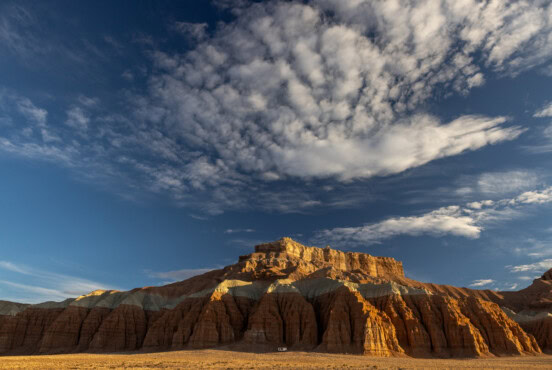
Stunning rock formations, gorgeous blue skies...and fewer crowds! Find out why you need to visit Goblin Valley.
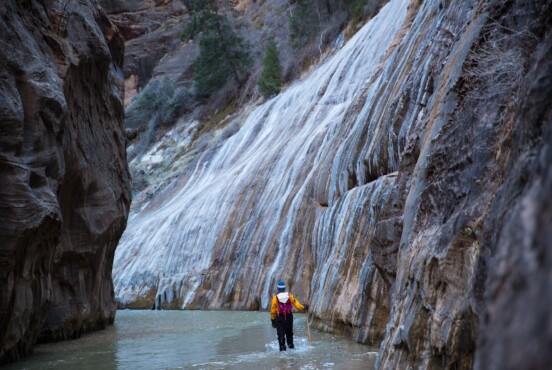
Politics are polarizing these days, but they also pair with…
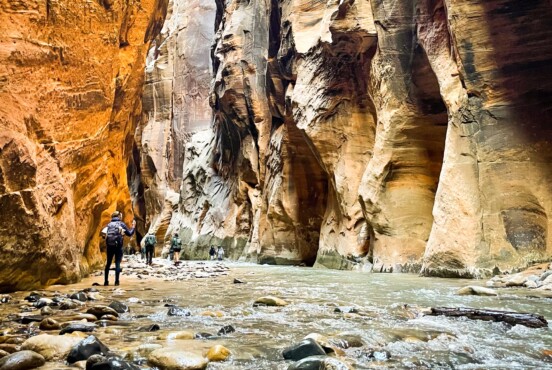
Want to hike through the Narrows at Zion National Park? Check out our guide to find out how.
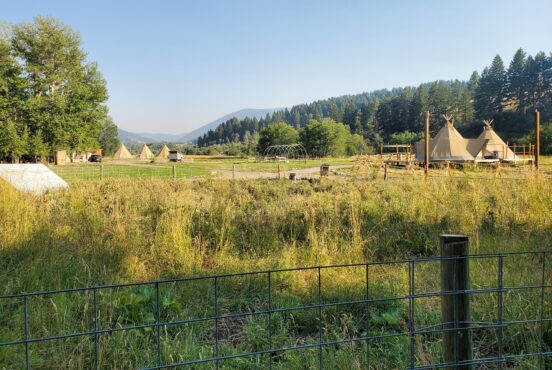
Whether your perfect getaway involves a stylish canvas tent or tiny cabin, we’ve rounded up our favorite Yellowstone glamping escapes.
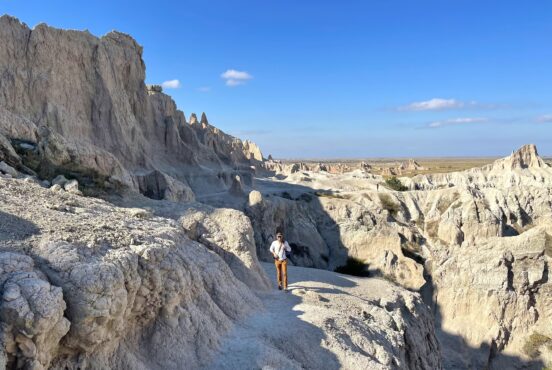
From the Badlands to Mount Rushmore, South Dakota is home to some of the nation's most famous National Parks and National Moments.
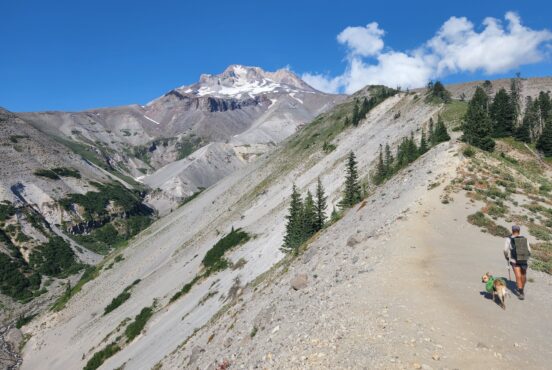
Hike along the Pacific Ocean or up the famous Mount Hood, or even around the rim of Crater Lake...in Oregon, the best way to discover natural beauty is by hitting the trail.
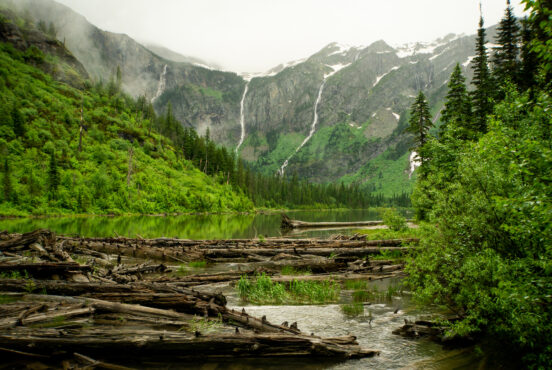
The Avalanche Lake Trail in Glacier National Park is a stunning and breathtaking journey - made even better when hiking it with a local.
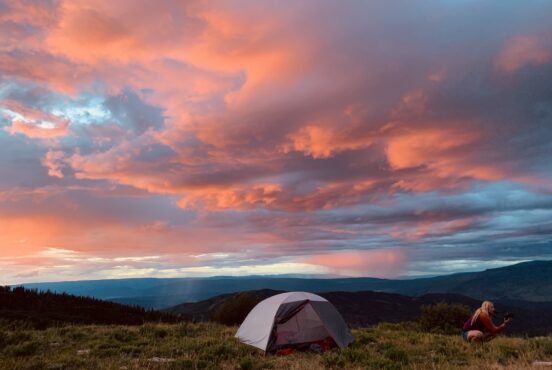
A road trip between Yellowstone National Park and Denver is filled with mountains, waterfalls, meadows, and more - here's you itinerary to create the perfect trip.
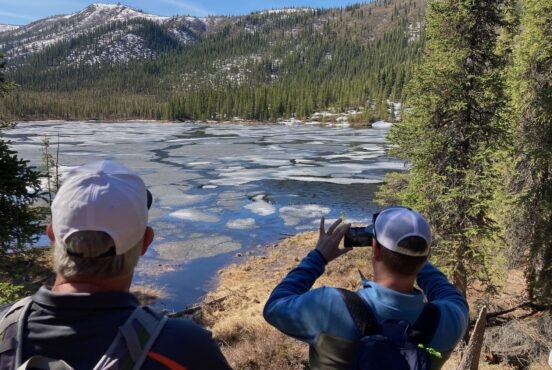
Alaska's Denali National Park is loaded with some of the most gorgeous and breathtaking hikes on the planet - here's a closer look at the park's best.
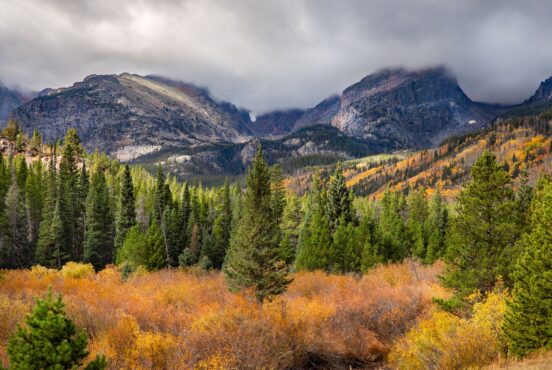
Sleep next to a mountain or the mighty Colorado River at one of Rocky Mountain National Park's gorgeous campgrounds.
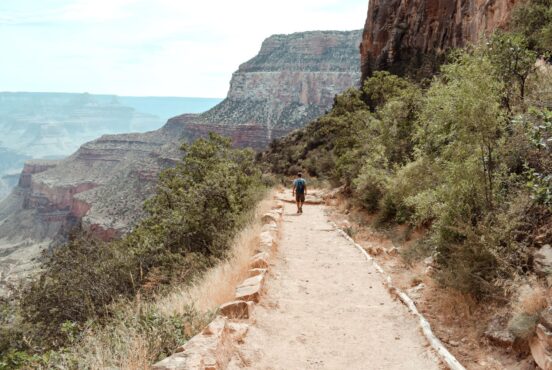
The Grand Canyon's South Rim offers tons of hikes for visitors of every skill level, from paved, flat trails to switchback adventures down the canyon walls.